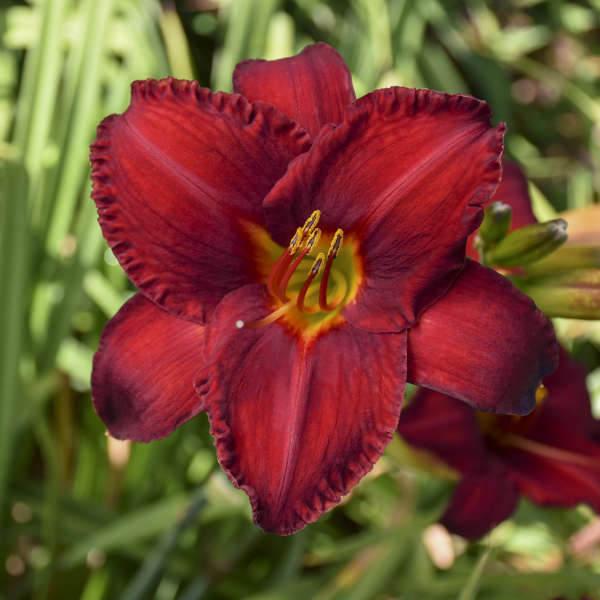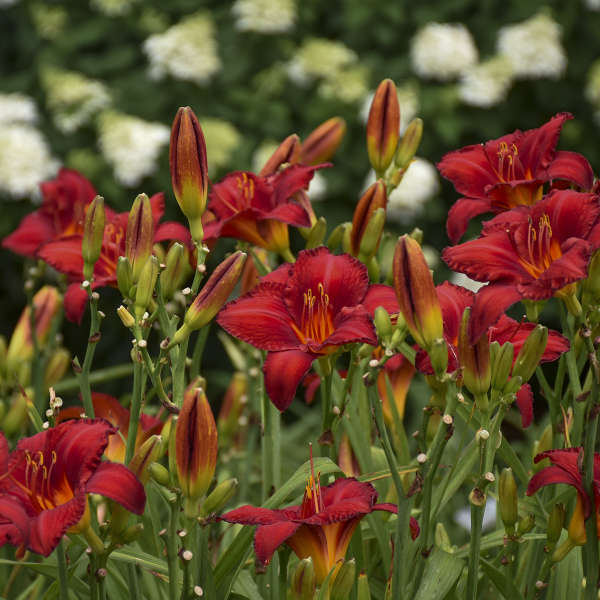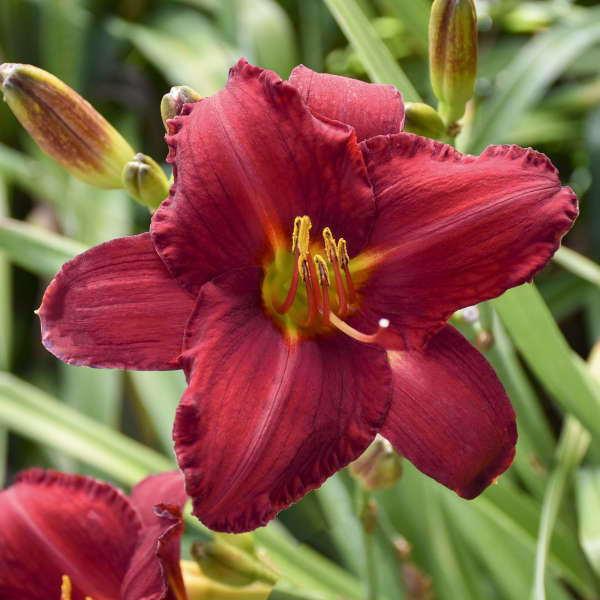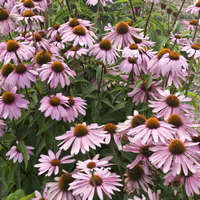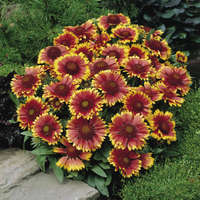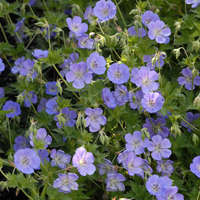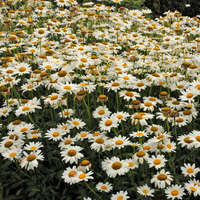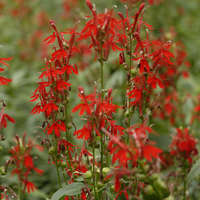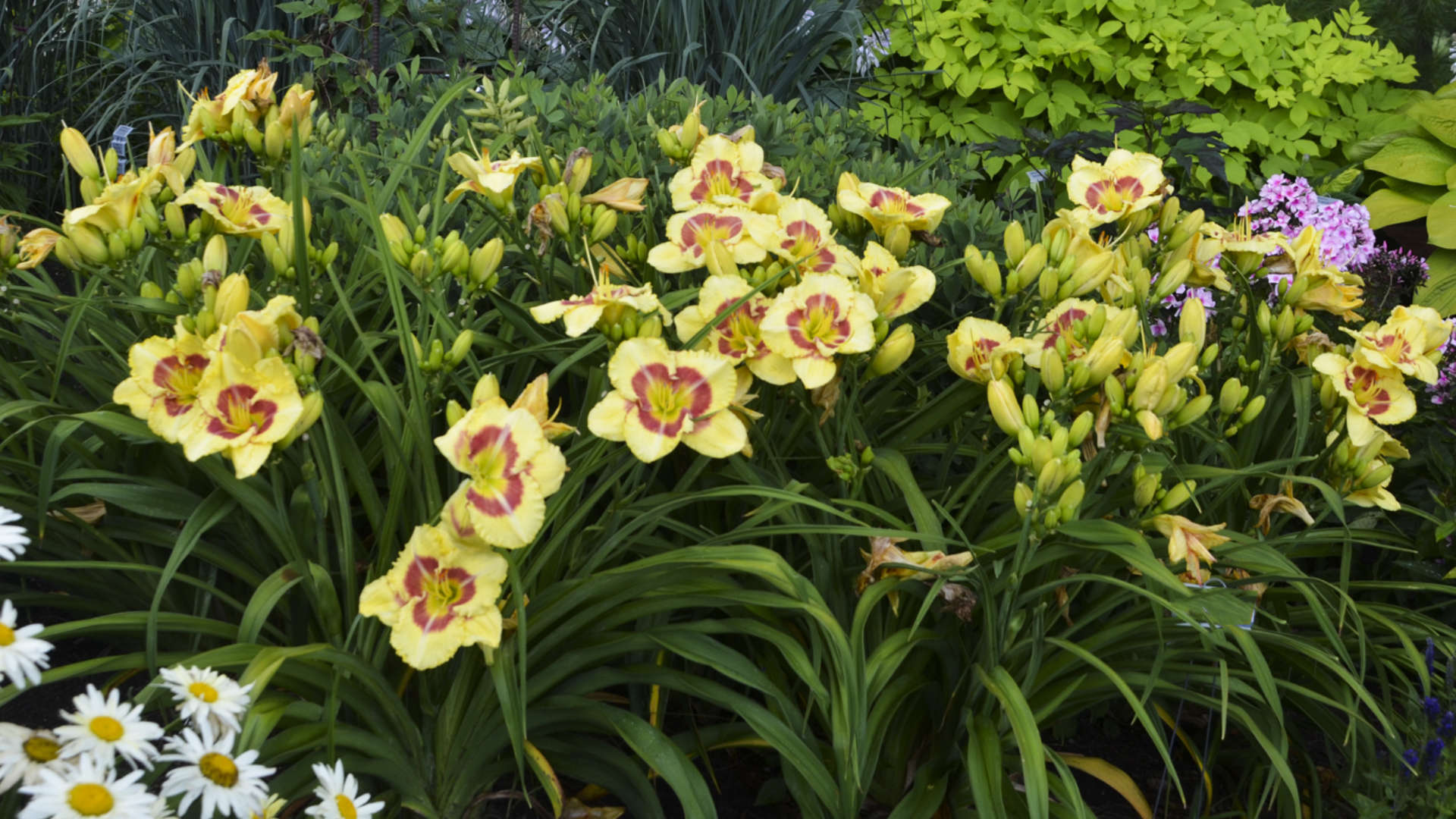Hemerocallis 'Chicago Apache'
Common Name: Daylily
- 5", intense scarlet red, recurved tepals with a small sulphur yellow watermark and green throat
- Petals have loosely ruffled edges; sepal edges are slightly crimped
- Extremely sunfast and more resistant to thrips than most reds
- A very vigorous grower with healthy foliage and sturdy scapes
Daylilies can survive many harsh conditions that other plants cannot including: polluted city environments, slopes, poor and dry soils, near pavement that is salted in winter, and under Black Walnut trees (not affected by juglone).
Characteristics (Compared to Other Daylilies)
- Late Midseason Bloomer, blooming in late July.
- Dormant foliage.
- Tetraploid with 44 chromosomes, twice as many as Diploids. Tetraploids tend to be bigger, stronger plants.
